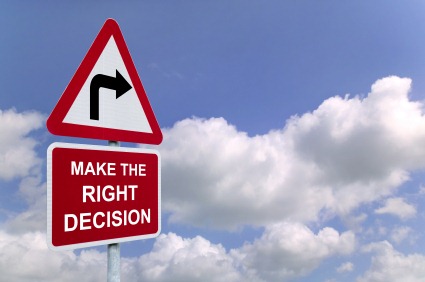This is a guest post by Jason Schappert from the highly recommended M0A blog.
Even in today’s age where the navigational instruments are state of the art and technologically advanced, pilots will still find a situation wherein he or she is lost in the air.
There can be a momentary panic at the onset of the thought that the airplane is lost. That is understandable: airplanes depend on fuel to fly, and every minute that you are lost you are wasting precious fuel. It might even come to a point to make an emergency landing somewhere if the fuel is not enough. Such a thought is scary for pilots, as some emergency landings are just controlled crashes that can result to injury. However, it is important for pilots not to give in to these thoughts and instead keep their wits about them.
In order to circumvent the effects of panic, the five C’s of aviation have been devised. The five C’s are: Confess, climb, conserve fuel, communicate and comply.
Confess
In some cases, panic kicks in when one has denied to himself for sometime that he is lost. When you find that you are seemingly off-course, admit to yourself that you are lost. Trying to tell yourself otherwise will only amplify the shock that you will feel once the truth sets in. Remember you need to be very calm with this. Check the instruments and find out how far you are off course. If there are errors in the instruments, note them as well.
Climb
Climb to the maximum safe altitude that your aircraft can fly. This will be useful later on as it can help you save fuel and spot landmarks from the better vantage point.
Conserve
Conserve fuel so that you are minimizing the chances of you having to "perform a crash" or emergency landing because you don’t have sufficient fuel to reach your destination. Cut down to the most fuel-efficient speed and power that your aircraft can muster as you wait for instructions.
Communicate
Call for help. Controllers are there to help you out, and make sure your transponder is on so they can see in your their radar. This way, they can pinpoint your exact location and give you the necessary course to set you back on the right path.
Comply
If the tower or controller gives you directions, don’t argue. Remember, you are the one who is lost and they are the ones who has the instruments to guide you back in. You’re not in the position to dispute their vectors and suggested approaches.
(Matthew Stibbe here – in the UK, it’s well worth calling Distress and Diversion on 121.5 if you’re, ahem, temporarily unsure of your position. They have satellites, tracker dogs and all kinds of cool stuff at their disposal. Plus they’re nice people and they like helping pilots.)
